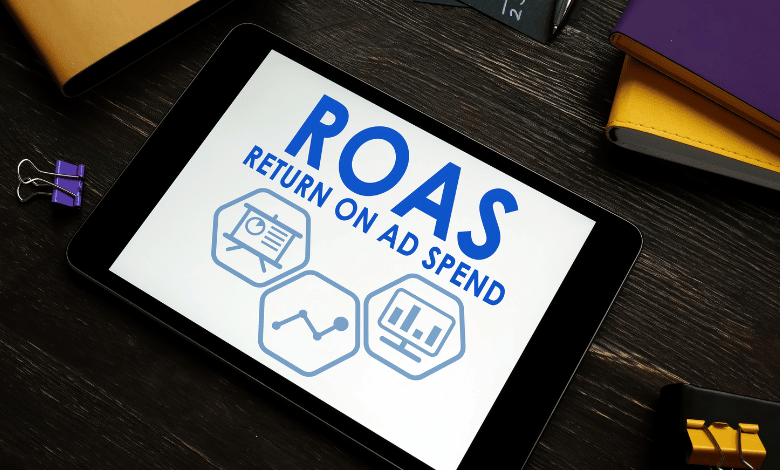ROAS, or as we call it, Return on Ad Spend, is a popular digital marketing metric that assesses the amount of revenue earned by your business for each dollar it spends on advertising. By analyzing and keeping track of your ROAS, you can gain valuable insights into your ad’s effectiveness.
Digital marketing companies can calculate ROAS for a vast array of advertising initiatives, from calculating ROAS on monthly campaigns or for a whole year’s worth of ad spending, to measuring ROAS on one-time projects or ads. Whichever means you use it, here is everything you need to know on how to analyze ROAS in digital marketing.
How to Analyze ROAS
At its most fundamental level, Return on Ad Spending measures how effective your advertising efforts have been. The more effectively your promotional messages connect with prospective customers, the greater the revenue that can be generated from each dollar spent on advertising. Simply put, the higher your ROAS, the better.
Digital marketers can measure ROAS at various levels within their Google Ads account, including the campaign level, the account level, the ad group level, etc. As long as you’re aware of your total spending and know how much you are earning at that specific level, ROAS can be easily calculated.
How to Calculate ROAS
Given that ROAS is such a powerful and essential metric for digital marketing, it is only natural to assume that calculating it will be a hassle. Instead, it is relatively easy to calculate your Return on Ad Spend. Using a simple formula, you can learn how to calculate ROAS in digital marketing in no time.
ROAS can be calculated by dividing your total conversion value by the cost of that advertising campaign. Conversion value measures the revenues attributed to your advertisement campaign, meaning the revenues you earn from a given conversion.
For instance, if your revenue is $2,000 and your spending on an online ad campaign (in one month) amounts to $1,000, you can calculate the Return on Ad Spend by dividing $2,000 by $1,000. Hence, you get a 2:1 ratio or 200%, as $2,000/1000 equals to $2. For each dollar you spend on your ad campaign, you will earn $2 worth of revenue.
Simply put, the more effective your ad campaign is, the larger your ROAS. This signifies that you have generated more revenue for each advertising dollar you’ve spent.
Why ROAS Matters in Digital Marketing
ROAS is crucial for doing a quantitative assessment of how ad campaigns are performing and contributing to a digital store’s bottom line. Together with CLV (Customer Lifetime Value), data from ROAS across various campaigns determine the overall future marketing direction, budgets, and strategy.
By vigilantly monitoring their ROAS, e-Commerce companies can make more well-thought-out decisions regarding where to invest their ad money and how they can become more efficient.
What Is A Good ROAS Ratio?
A suitable ROAS is affected by a given business’s overall health, operating expenses, and profit margins. Even though there’s no correct or incorrect answer to this question, the common ROAS benchmark falls around a ratio of 4:1, indicating your business is earning $4 worth of revenue for $1 spent on ad campaigns.
Higher margins may be requisite for cash-strapped startups, whereas online stores focused on growth can still afford to bear higher ad costs. A few companies need a ROAS with a ratio of 10:1 to stay profitable. Others can grow significantly even at 4:1 or below.
A business can also measure its ROAS objective if it has a specified budget and solid control of its profile margins. A large margin indicates your company can survive on a low ROAS. In contrast, a smaller margin means your business must maintain relatively low ad costs. In this situation, your business needs to achieve a relatively high ROAS to be profitable.
Check More Of Our Content Down Below
How Much Is Digital Marketing | Choose Digital Marketing Pricing

